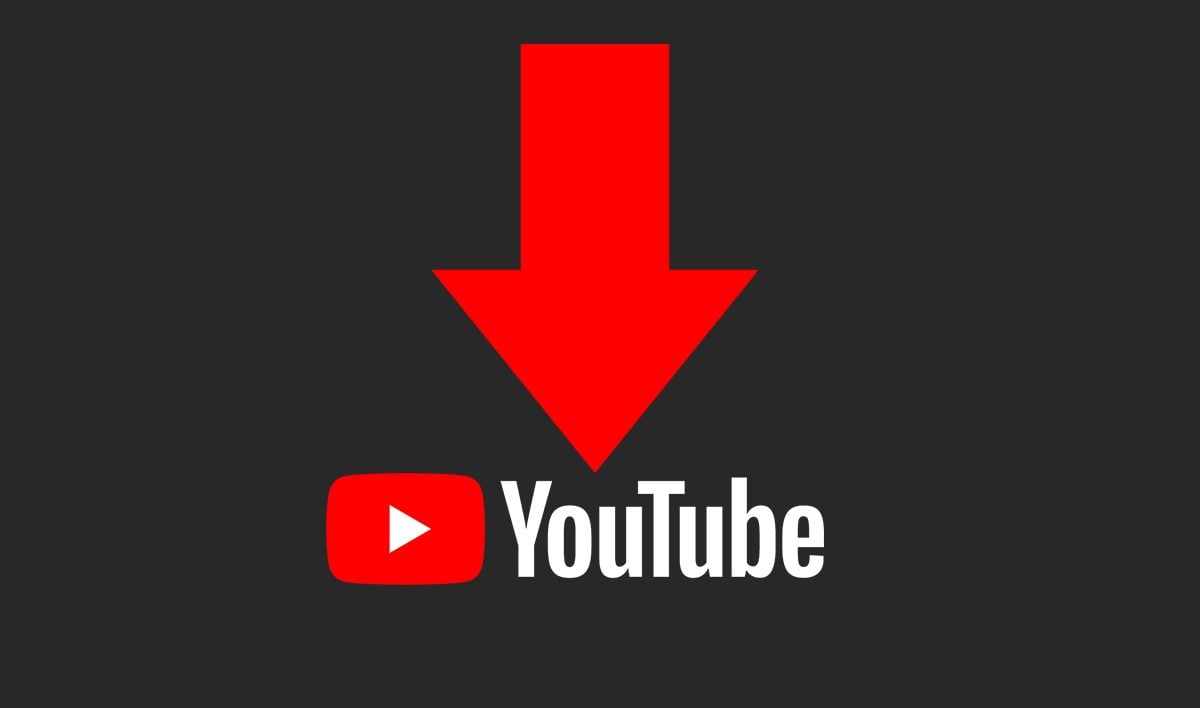Canonical URL Generator
Canonical URL Generator
Learn how to generate canonical URLs to improve SEO and avoid duplicate content issues on your website.
What is a Canonical URL?
A canonical URL is the preferred version of a webpage that you want search engines to index. It's important for SEO as it helps prevent duplicate content issues that may arise when the same content appears on different URLs.
Why are Canonical URLs Important?
- They help to avoid duplicate content penalties from search engines like Google.
- They direct search engines to the correct version of a page.
- They consolidate link equity to the preferred version of the page.
How to Generate a Canonical URL
To generate a canonical URL, you need to add a rel="canonical" link tag to the <head> section of your HTML page. Here's an example:
<link rel="canonical" href="https://www.example.com/your-page-url/" />
In the example above, replace https://www.example.com/your-page-url/ with the URL of the page you want to mark as the canonical version.
Steps to Implement Canonical URLs
- Identify pages with duplicate content.
- Determine the preferred version of the page.
- Insert the
<link rel="canonical">tag into the<head>section of the HTML. - Test the implementation using SEO tools like Google Search Console.
Common Mistakes to Avoid
- Using incorrect URLs in the
hrefattribute of the canonical tag. - Not adding canonical tags to every duplicate page.
- Using a different URL structure for the canonical version (e.g., using HTTP instead of HTTPS).



.png)




